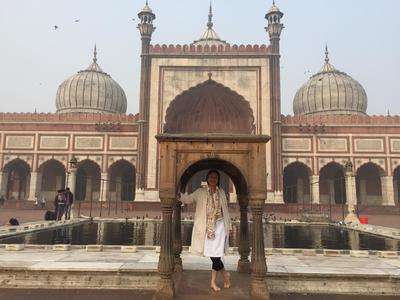Newsweek
In the early 20th Century, Virginia Woolf pointed out that one of the greatest differences between male and female life was the ability of young men to travel and experience the world, while women feared for their safety on the streets even at home. More than a hundred years later, women in Western countries like Woolf's England have advanced considerably in terms of access to adventure and experience.
But in most parts of the developing world, women remain severely restricted by open or implicit gender violence. Few nations are as saturated by rape culture as India, where one woman is estimated to be raped every 15 minutes. The notorious 2012 gang rape and murder of a Delhi woman on a bus led to mass street protects, prompting the Indian government to increase jail terms for rapists. But those changes have not altered India's ingrained rape culture. Amnesty International reports Indian authorities have still not effectively implemented their new laws on crimes against women. The numbers of reported rapes increased by more than 10,000 since 2012. There were 34,651 cases of rape reported in 2015. Many more incidents are believed to go unreported.
That constant physical threat makes independent travel difficult for most Indian women. For that reason, and because of traditional cultural pressure on young women to marry young and stay home, most families forbid their daughters from traveling very far, whether alone or with friends.
Now, a small but growing group of young women is leading foreigners around the teeming streets of Delhi, in and out of hotels, through grimy roadside rest stops, ordering for them at restaurants, or accompanying them to remote mountains or nature reserves, in addition to the Taj Mahal and the great Moghul mosques. In these roles, they are challenging old customs about women's place in public spaces.
Read the rest here









Leave a comment